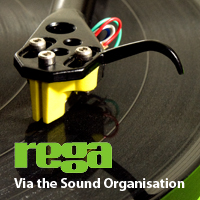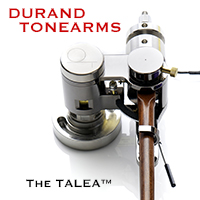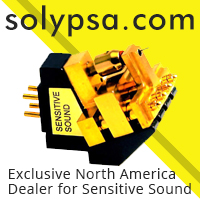REVIEW: Bryston BP 1.5 Phonostage
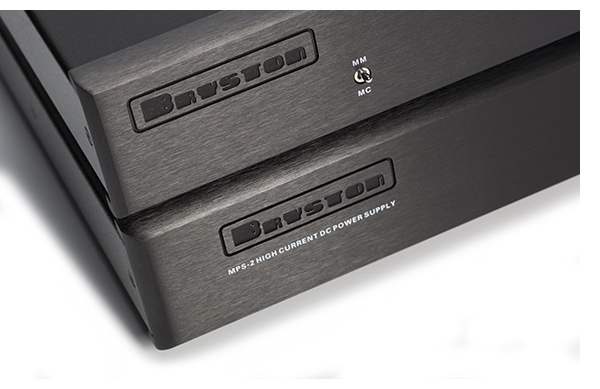
Listening to Serge Gainsbourg’s low drawl, mixed with groovy, early 70’s melodies and sparse instrumentation reminiscent of a beat movie, it dawns on me that even though I don’t speak a word of French, I don’t care because the Bryston BP 1.5 phono stage is really drawing me into this vintage recording.
Its low, low, noise floor adds to the splendor of this record, barely getting above a whisper. Surface noise would be a bad thing right about now, but the BP 1.5 is CD dead quiet, combined with the AVID Volvere SP turntable, SME V tonearm and Ortofon Cadenza Bronze MC cartridge.
The BP1.5 isn’t an inexpensive phonostage. MSRP is $3,195 without power supply. Bryston loyalists already in possession of a BP series linestage, need just plug in – the MPS-2 has more than enough juice to cover both components. If you fall into this category, the BP1.5 is an outright bargain. Everyone else will need to add the MPS-2 for another $1,695. Thanks to Bryston’s 20-year warranty, this is a product that you can buy with confidence. While this does sound impressive, they wouldn’t offer it if their stuff spent a lot of time in the shop with the hood up. I don’t think I’ve ever met an unhappy Bryston owner.
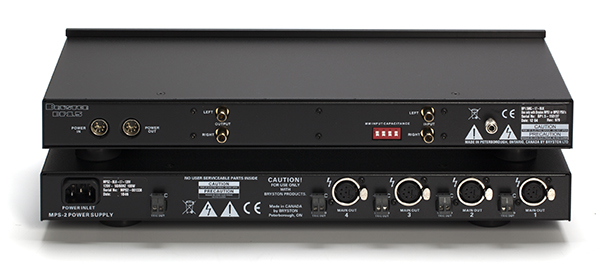 Getting down to business
Getting down to business
A matched pair of AVID turntables simplifies the task of comparing analog components, and it takes aural memory out of the equation. Switching back to the Monk – Audio phonostage that I’ve been using in room two was a revelation. Even with a pair of modestly priced Dynavector 20X2L cartridges, the increase in weight and dynamics the Bryston offers is staggering – so much so, that I had to turn the REL G2 subwoofer down three clicks. But then I’m a sucker for any phonostage that has a huge power supply.
A quick comparison between the BP1.5 and a few other phonostages, both more and less expensive establishes that the Bryston is properly priced. Returning to the AVID/SME/Ortofon combination for the remainder of the evaluation is an excellent combination. The BP1.5 has a single RCA input and output. The front panel has an on off switch with an LED that turns from red to green when the unit is fully powered. I suggest leaving it on all the time for the most musical results. (As I would with any solid state phonostage) While the BP1.5 only requires a few days to stabilize and does not change tonal character after about 50 hours, there is a definite fog in the presentation when first turned on, as with all solid-state gear. It sounds much more lifelike after being powered up for a day or two.
A quick taste of Led Zeppelin II, reveals plenty of sock in John Bonham’s bass drums, and the level of texture present in his bongo playing during the drum solo in “Ramble On” is phenomenal. The precise attack and decay goes a long way towards painting a highly realistic musical picture. As the album slows down for “Bring it on Home,” the harmonica just fades gently, slowly into nothingness with a smoothness that’s tough to come by in the digital world without spending a lot more of your hard earned paycheck.
Aimee Mann’s Lost In Space has become somewhat of a workhorse around here because it has such a big soundfield, along with a myriad of small, electronic sounds and texture that make it easy to get a quick read on the spaciousness present in any analog component. The BP1.5 does not disappoint, portraying things flying all over the room, yet Mann’s voice stays anchored just slightly left of center.
Stays locked in place
The BP 1.5 delivers rock solid musical pace. The more dense the recording, the more you will be impressed with it. Tears For Fears recent MoFi remaster of Songs of Love again illustrates how well the BP 1.5 not only maintains clarity throughout the album, keeping the multiple layers of lead and backing vocals distinct, it stays tonally neutral and does not embellish. The BP1.5 will not help the records in your collection that sound awful, but it will take the well recorded ones into new territory. It strikes a perfect balance in the tonality department, being neither thin nor overly forward. Yet you will never mistake this one for having valves under the hood.
You might suspect that a phonostage with a larger power supply than the main chassis would have excellent dynamic range, lower bass slam and control. The BP1.5 meets all these requirements, and if there is one strength standing out from a very balanced performance, it is the BP1.5’s LF weight and No matter what the program source, I was always impressed with how much energy was now coming through down deep. The Dynaudio Confidence C1s used in my reference system gained more authority than I’m used to with the Bryston BP1.5 in the reproduction chain, and these speakers are no slouch to begin with.
Because the BP1.5 has such a low noise floor, it is a master of low-level detail. This is its other strength. Those stepping up from a phonostage in the $1,000 – $2,000 range will experience a revelation with their vinyl collection that should make for many late night listening sessions. The healthiest competitor for the BP1.5 I had on hand was the equally excellent, but different, Zesto Andros PS1 that we reviewed in issue 48. Vacuum tube all the way, the Zesto has an extra bit of air and front to back depth that the Bryston does not, but it doesn’t have the rock solid LF performance either. Your personal objectives and system synergy will determine if the BP1.5 is the perfect match for you.
One of the last listening sessions confirms the straight-ahead tonality of the BP1.5 is the latest release from the Portland Cello Project, Homage. This record is of only fair quality and comes across somewhat flat in comparison to something like the Jung Trio’s The Jung Trio Dvorak Piano Trio, Op.65, which is flawlessly recorded.
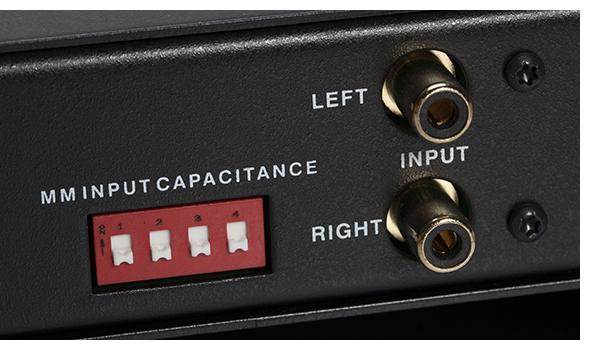 A variety of test-drives
A variety of test-drives
The BP1.5 has modest adjustments, but you’ll have to pull the cover to get at them. Fortunately the 35dB gain setting for MM (41db available) or 57.5dB setting for MC (51.5 or 63.5dB available) will handle most cartridges. Because transformers are used for step up, the impedance of your cartridge will affect synergy. Dynavector, Lyra and Ortofon cartridges proved a great mix, while my Sumiko Palo Santos was only ok, lacking a bit of dynamics with this setup. The Grado Statement 1, a moving iron cartridge with a 47k impedance, yet only .5mv of output is not a perfect match with the BP 1.5, however the wood body Grados with 5mv output are an excellent combination for someone desiring a bit of tonal saturation, with a substantial shot of solid state punch.
Is it your cup of tea?
The Bryston BP 1.5 phono stage is a top performer and makes no missteps, but understand its honest presentation will not favor cartridges and/or systems that are already biased towards the forward and analytical. Both the Sumiko Blackbird and Lyra Titan-i proved way too revealing for my taste. I suspect a more neutral or even slightly warm cartridge is going to be your slice of analog heaven.
Build quality is superb and Bryston’s reputation is well deserved. Perhaps the only question, with the BP1.5 tipping the scale at just over $5,000 is whether a single input is enough and having to open the case every time loading needs to be changed is a deal breaker. Those more firmly planted in the “set it, forget it, and spin records camp” will love the steadfast consistency of the BP1.5. The more fiddly ones in the audience may end up preferring something easier to adjust.
All other considerations aside, judging the Bryston BP1.5 solely on it’s sonic performance, it delivers the goods and compared to other phonostages we’ve auditioned in the $4,000 – $6,000 range, is well worth the price asked.
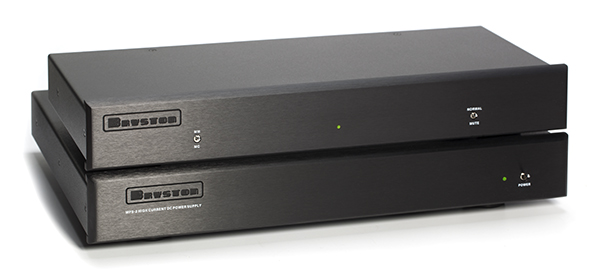 The Bryston BP1.5 phonostage and MPS-2 power supply
The Bryston BP1.5 phonostage and MPS-2 power supply
MSRP: $3,195 (BP1.5) $1,695 (MPS-2)
Peripherals
Analog Source AVID Volvere SP, SME V tonearm, variety of phono cartridges, mentioned in review
Preamplifier Burmester 011
Power Amplifier Burmester 911 mk. 3
Speakers Dynaudio Confidence C1 II, REL G-2 Subwoofer
Power Audience aR6-TSS, PowerChord AU24
Cable Cardas Clear
Accessories GIK room treatment, Furutech DeMag and DeStat, Audio Desk Systeme RCM



